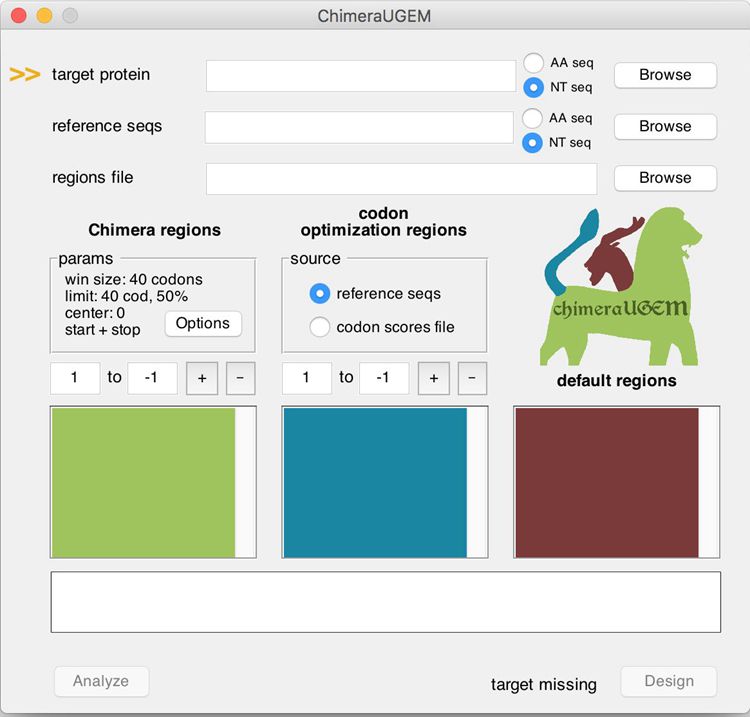gNOMO
:: DESCRIPTION
gNOMO is a multi-omics pipeline for integrated host and microbiome analysis of non-model organisms.
::DEVELOPER
:: SCREENSHOTS
N/A
:: REQUIREMENTS
- Linux
:: DOWNLOAD
:: MORE INFORMATION
Citation
Muñoz-Benavent M, Hartkopf F, Van Den Bossche T, Piro VC, García-Ferris C, Latorre A, Renard BY, Muth T.
gNOMO: a multi-omics pipeline for integrated host and microbiome analysis of non-model organisms.
NAR Genom Bioinform. 2020 Aug 5;2(3):lqaa058. doi: 10.1093/nargab/lqaa058. Erratum in: NAR Genom Bioinform. 2020 Oct 09;2(4):lqaa083. PMID: 33575609; PMCID: PMC7671378.





